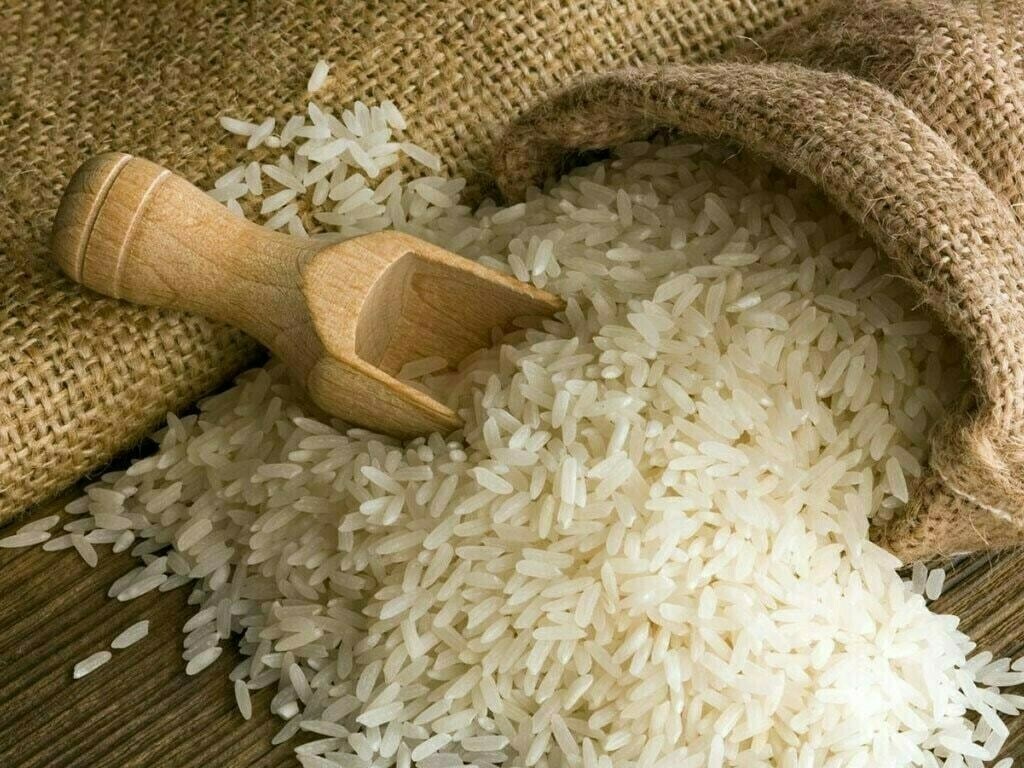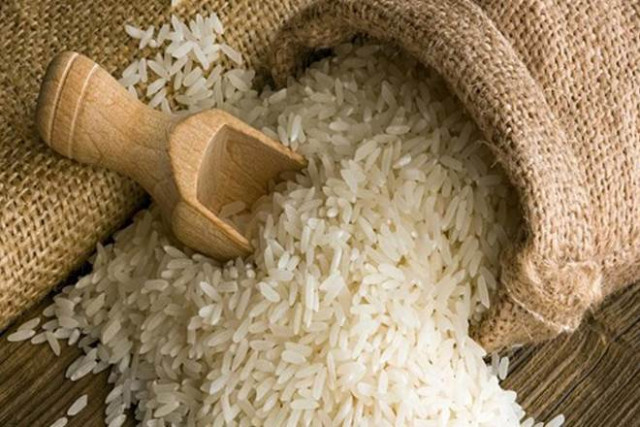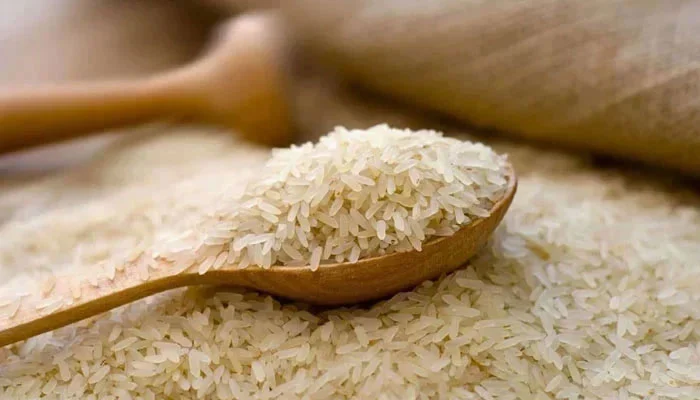Tags
Rice exports: irrational exuberance?

Pakistan’s rice exports seem to be coming into their own. According to the monthly external trade statistics reported by the Pakistan Bureau of Statistics (PBS), total rice exported during 5M-FY24 (Jul – Nov) period exceeded 1.7 million metric tons (MMT), with export revenue reaching $1.12 billion – both firsts in history. In fact, this is the first time that rice export earnings have exceeded a billion-dollar mark during the first five months of the fiscal year, raising hopes for an even more spectacular second half for the industry.
On annualized basis alone, rice export revenue for the full fiscal 2023-24 could climb up to $2.7 billion, against the highest ever export earnings of $2.5 billion recorded during 2021-22. In fact, industry insiders are confident that export earnings could climb up to $3 billion, based on forecasts of exports reaching the target of 5MMT, a holy grail for the industry.
The exuberance in the industry is truly palpable. The revenue target of $3 billion no longer seems unachievable if the average unit price of exports remains north of $575 per metric ton for the remainder seven months of the fiscal year, which is very much in line with industry forecasts. Average unit price of total rice exports during the 5M-FY24 period hovered above 650 per metric tons, levels last witnessed during the commodity super cycle of 2008-09. Back then, Pakistan’s rice export earnings breached the $2 billion psychological barrier for the first time in history but have remained rangebound in the same territory ever since.
Although basmati rice remains Pakistan’s key premium brand, it is the ‘other rice’ category of coarse varieties that are leading the way during the current fiscal. In the five months since Jul 2023 (Jul – Nov), Pakistan exported 1.5MMT of coarse rice, which is 25 percent higher than last 10-year average volume of 1.2MMT for the 5M period. Similarly, coarse rice exports during Nov 2023 climbed up to 0.61MMT, which is 50 percent higher than the last 10-year average for the month of November at just 0.4MMT. Reportedly, total rice shipments of 0.66MMT are itself the highest-ever monthly export number in the country’s history, however, BR Research could not independently confirm this claim as monthly export volume data going back beyond 2010s is unavailable.

But amidst the jubilation, serious risks lurk in the shadows. The phenomenal performance by kharif rice crop during the 2023 season – coupled with record prices in the international market – has made the industry hopeful that 2024 belongs to them. But H2-FY24 could take a disastrously dangerous turn. Already, basmati prices in the international market have declined by 36 percent from peak levels of $1500 per metric tons in Jan 2023, to under a thousand dollars per ton by Nov 2023. Similarly, the rise and rise witnessed in prices of various coarse rice varieties including Pakistan’s has now begin to plateau, with sharp downside risks. News from across the border indicates that the Indian central government could gradually begin to reduce the sanctions on its coarse rice exports; once Indian coarse rice varieties return to the global market, Pakistan’s rice export prospects could face a serious blowback.
But increased competition from across the border isn’t the only risk faced by Pakistan’s rice exporters. The industry has been raising short term credit from banks like there is no tomorrow, with credit to rice industry rising by 15 percent as at November 2023 (against Nov 2022), and 30 percent against Oct 2023. In fact, BR Research’s analysis shows that borrowing by the rice industry has exceeded the borrowing trend of 2021-22. Since both unit prices and crop output are significantly higher – that might make sense. However, it is worth noting that during the Q4-2021 borrowing boom, average borrowing cost was still well under 7 percent, while the average borrowing rate today has now exceeded 21 percent.
Because much of this borrowing is taking place under the seasonal cash financing lines, the industry could face margin calls against its overdraft lines if commodity prices in the international markets take a sharp turn. At twenty plus interest rate, it is hard to imagine how the industry would keep its head above water in such a scenario. For the rice exporters’ bet to play out, either the borrowing rate must fall, or the average unit price of exports must maintain current momentum and stay in the vicinity of $600 per metric ton. If either does not work out, 2024 could turn out very differently from expectations after all.
https://www.brecorder.com/news/40281075Published Date: December 29, 2023





